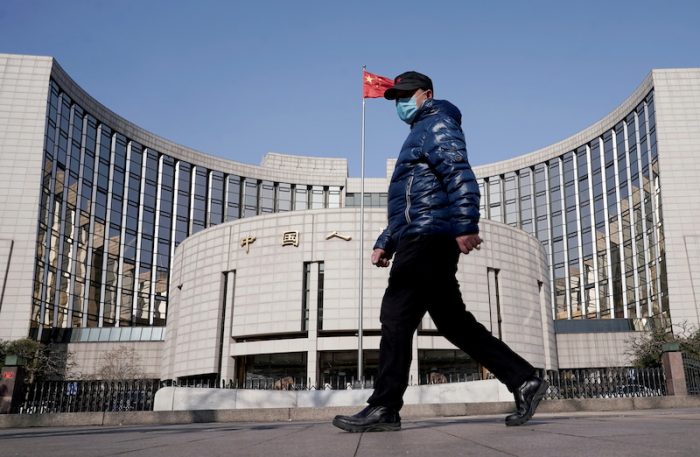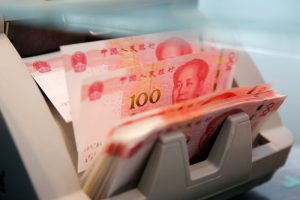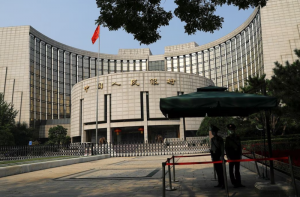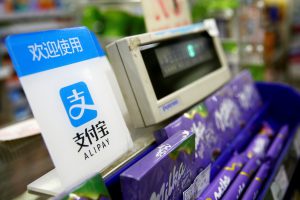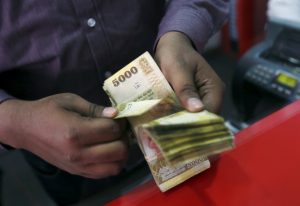China’s explicit call to cut the amount of cash banks set aside as reserves and boost lending has advanced expectations for imminent policy easing, but economists say any credit loosening may not be enough to repel a deep economic downtrend.
Growth in the world’s second-largest economy has slowed since early 2021 as traditional engines of the economy such as real estate and consumption faltered. Exports, the last major growth driver, are also showing signs of fatigue.
More recently, widespread disruptions to activity from China’s biggest Covid-19 outbreak since 2020 and tough lockdown measures have tilted the odds towards a recession, a few economists even say.
On Wednesday, the State Council, or cabinet, said after a meeting that monetary policy tools – including cuts in banks’ reserve requirement ratios (RRRs) – should be used in a timely way.
In the last two rounds of RRR cuts in 2021, the respective announcements of the easing were made two to three days after they were flagged by the State Council.
“We expect the People’s Bank of China to deliver a 50-basis point RRR cut and potentially also an interest rate cut in the next few days,” Goldman Sachs wrote in a note on Thursday.
Reserve Ratio Cut Expected
Most private forecasters now expect an RRR cut of 50 basis points (bps), which would free up more than 1 trillion yuan ($157 billion) in long-term funds that banks can use to boost lending.
A commentary by state-run Securities Times said April 15 would be the window to watch.
China on Monday will report March data for industrial production and retail sales, which are expected to reflect the impact from Covid-19 curbs, as well as first-quarter gross domestic product (GDP).
But some analysts cast doubt on the effectiveness of an RRR cut now, due to a lack of demand for credit, as factories and businesses pause while consumers remain cautious in a very uncertain economy.
Transmission channels for conventional RRR and rate cuts are severely clogged due to the lockdowns and logistics disruptions, according to Nomura.
“When households scramble to stockpile food and private corporates prioritise survivorship over expansion, credit demand is weak,” Nomura analysts said in a note.
“With so many lockdowns, road barricades and property curbs, the most concerning issues lie mainly on the supply side, and merely adding loanable funds and slightly cutting lending rates are unlikely to effectively boost final demand.”
Nomura says China is facing a “rising risk of recession”, with as many as 45 cities now implementing either full or partial lockdowns, making up 26.4% of the country’s population and 40.3% of its GDP.
- Reuters, with additional editing by George Russell
READ MORE:
Brazil’s Central Bank Quadruples its Yuan Reserves
Half of Big China Banks Cut Loans to Property Sector – Nikkei
China’s Largest Banks Warn of Multiple Economic Headwinds




